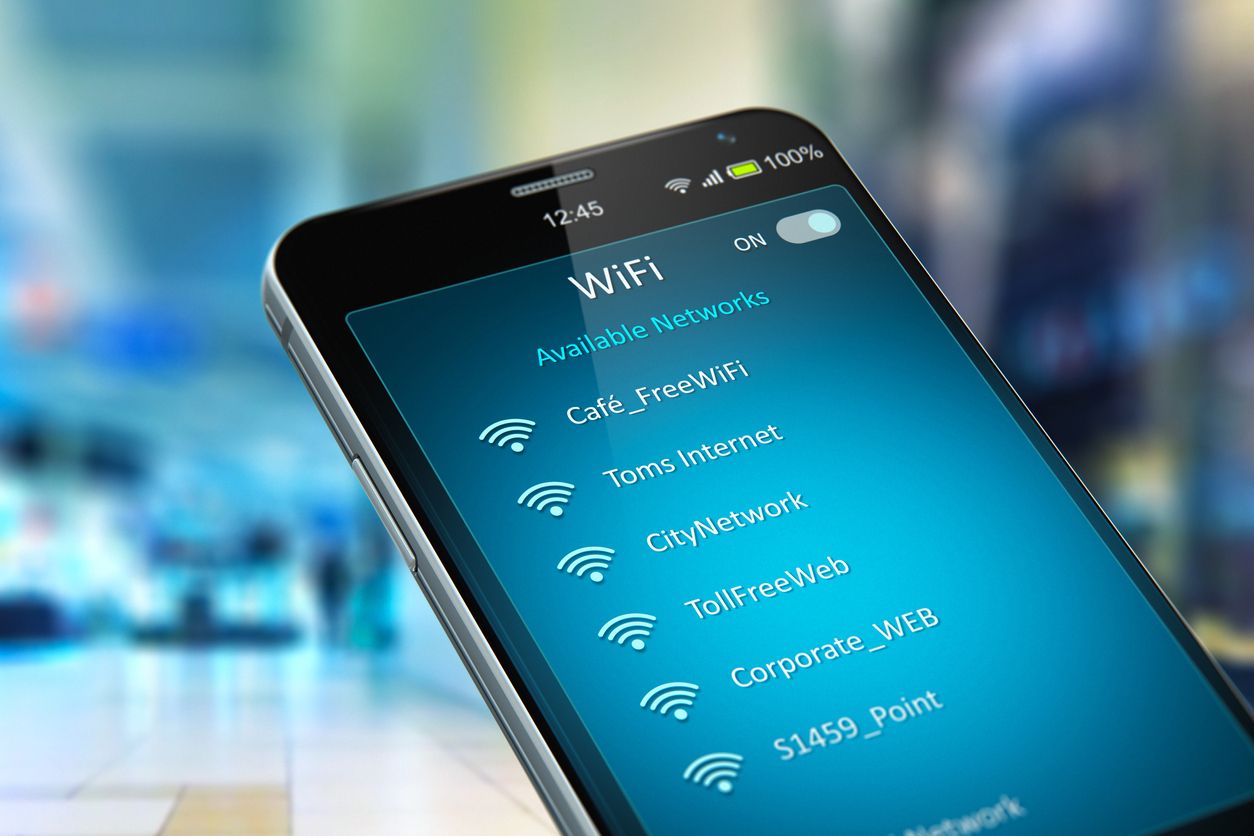eSIM
4 ways you can get internet on your laptop while traveling
Connect your laptop to the internet seamlessly
Traveling for work? Or simply working while traveling? Whichever the case, you are likely going to need your laptop to be able to connect to the internet while traveling. Fortunately, there are several ways to ensure you have internet access on your laptop while on the go. Let’s take a look at what your options are.

1. Utilize Public Wi-Fi
Of course, one of the most common methods is to utilise public Wi-Fi. In today’s world, public Wi-Fi is easily available in many public spaces, including airports, hotels, and even some cafes or trains.
While public Wi-Fi is often free and is a great option for you to connect your laptop to the internet, there are some limitations that you should be aware of:
- Public Wi-Fi sometimes have a session limit, and you might have to reconnect to it multiple times after the session expires which could be rather cumbersome and disruptive.
- Public Wi-Fi is shared amongst many people and traffic could be intercepted by other users on the same network. You might want to avoid performing sensitive activities on these networks; or consider protecting your data by using a VPN to encrypt your connection.
- A prerequisite of using public Wi-Fi of course, is that public Wi-Fi needs to be available. That means that you will need to first find a spot where public Wi-Fi is available, and you will need to park yourself there until you are done with whatever you need to work on on your laptop. This could be rather inconvenient if you are out and about and there is something urgent that you needed to work on.
2. Internet via USB Dongle
A USB Dongle, also known as a Wi-Fi dongle, is a small device that allows you to access the internet simply by plugging it into a USB port on your laptop. A Wi-Fi dongle typically requires an internet plan, and if you need to use the internet when abroad, your plan will need to support data roaming.
USB dongles are convenient since you can connect to the internet on-demand — any time you need the internet, simply plug the device into your laptop.
However, if you are using a USB dongle to connect to the internet, it could potentially be expensive as your data plan will need to support international data roaming. Also, in addition to carrying an additional device around, your laptop will need to have a USB port for you to be able to use the device.
3. Use an eSIM on your laptop
If you have an eSIM-compatible laptop, then getting a data-only eSIM for your laptop could be a cost-efficient and convenient way for you to access the internet.
With a data-only travel eSIM installed on your laptop, you can simply use data from that eSIM to connect to the internet without the need for additional devices. And, you will be able to use your laptop anytime and anywhere!
Data-only travel eSIMs are also typically much cheaper than getting a Wi-Fi dongle with a roaming plan, making it a cost-effective option for travelers.
Unfortunately, there is only a limited selection of laptops that support eSIMs today.
4. Use Mobile Hotspots
Finally, you can also choose to use mobile hotspots using your smartphone. Most modern smartphones and tablets today allow you to turn your device into a hotspot. Other devices (such as your laptop) will then be able to connect to this hotspot to access the internet. This is also sometimes known as data tethering.
When you use your mobile device as a hotspot for your laptop to connect to the internet, you will be using up data from your mobile device’s data plan — so if you are using international data roaming to stay connected when you travel, this could incur additional charges as more data would be used.
Instead, consider getting a data-only travel eSIM to help you stay connected when you travel. Data-only travel eSIMs allow you to connect to the internet at affordable near-local rates, and are a convenient way to staying connected without having to fumble with your physical SIM cards.
However, it is important to note that not all travel eSIM providers allow you to hotspot; and for those that do, there might be a limit to how much data you can share. Make sure to check the product details and specifications before purchasing your eSIM!
In addition, mobile hotspots do cause a drain in battery on your mobile device, so make sure to have a portable charger with you if you foresee yourself having to tether your data a lot.
Get a Nomad eSIM to help you stay connected on your next trip
Nomad offers data plans in over 170 countries, and you can be sure to find one that is suitable for your travel needs. And if you will be traveling across multiple countries, there are also regional plans available so you can stay seamlessly connected as you hop between countries. Data plans are available from as low as $1.10/GB.
Nomad’s eSIM plans support mobile hotspots and data tethering. This means you can use your Nomad data plan to connect your laptop to the internet without any issues!
The networks that Nomad's eSIMs use for each plan are stated on the plan details on the web store and apps, so you can check which networks are supported before buying your plan. Data sharing and tethering is also supported on Nomad's eSIM plans.



